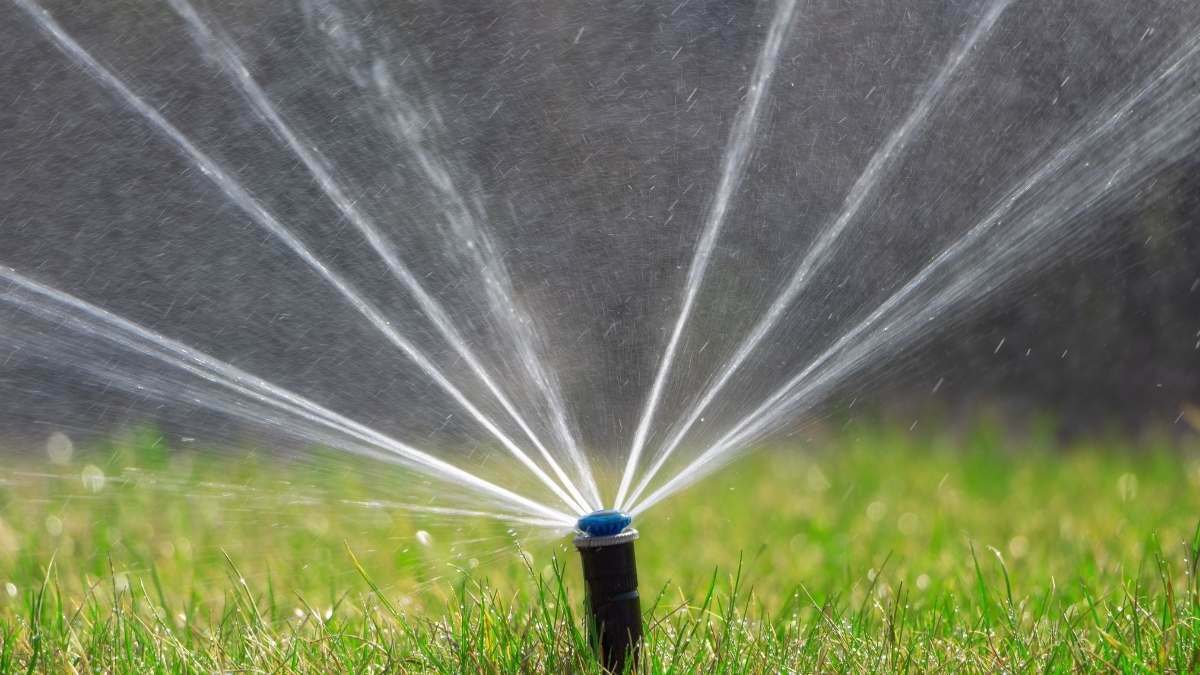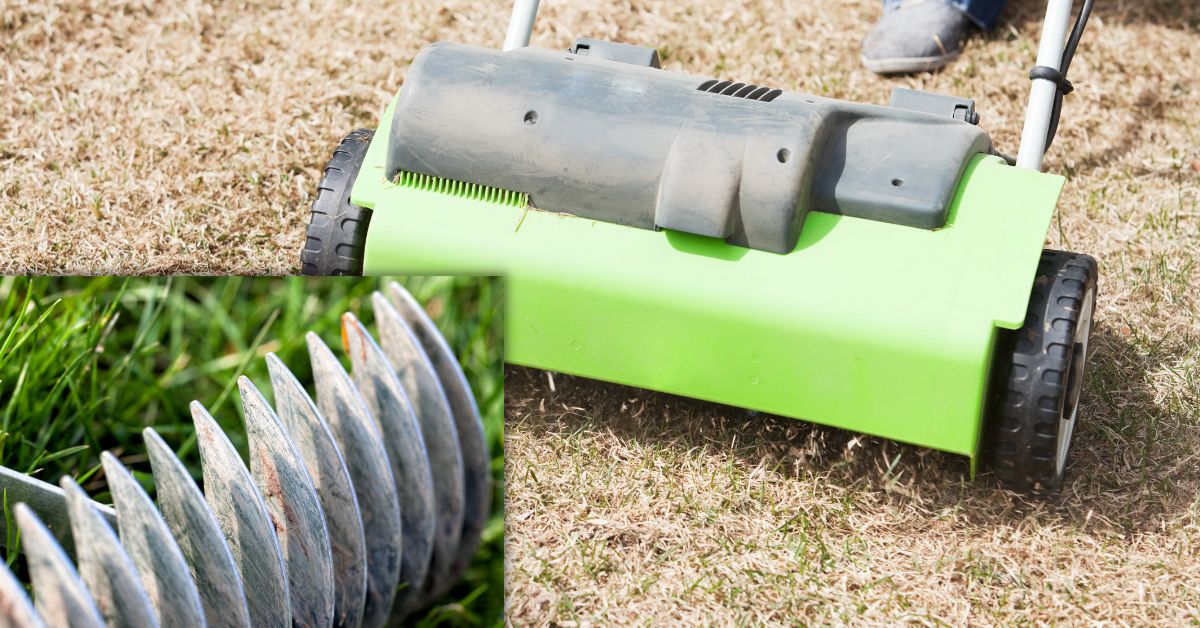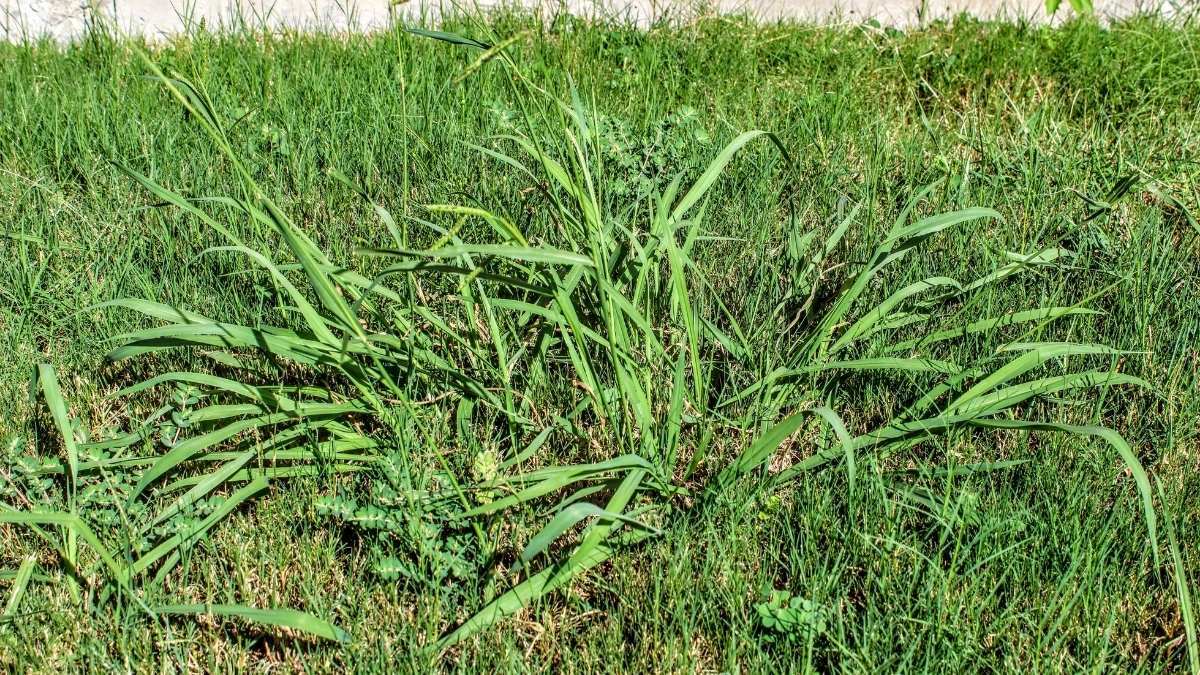One of two of the most commonly asked questions about homeowner lawn care during the summer months is, “How often do I need to water my yard.” This is definitely an open-ended question with several factors determining the answer. Namely, how often rain has your yard received and how much? Localized rain should be sufficient to penetrate the soil to a depth of 4-5 inches.
Water penetration depends primarily on your individual soil type. Too much or insufficient water can harm grass. Here are some critical factors in determining how much water your particular lawn needs:
Rain:
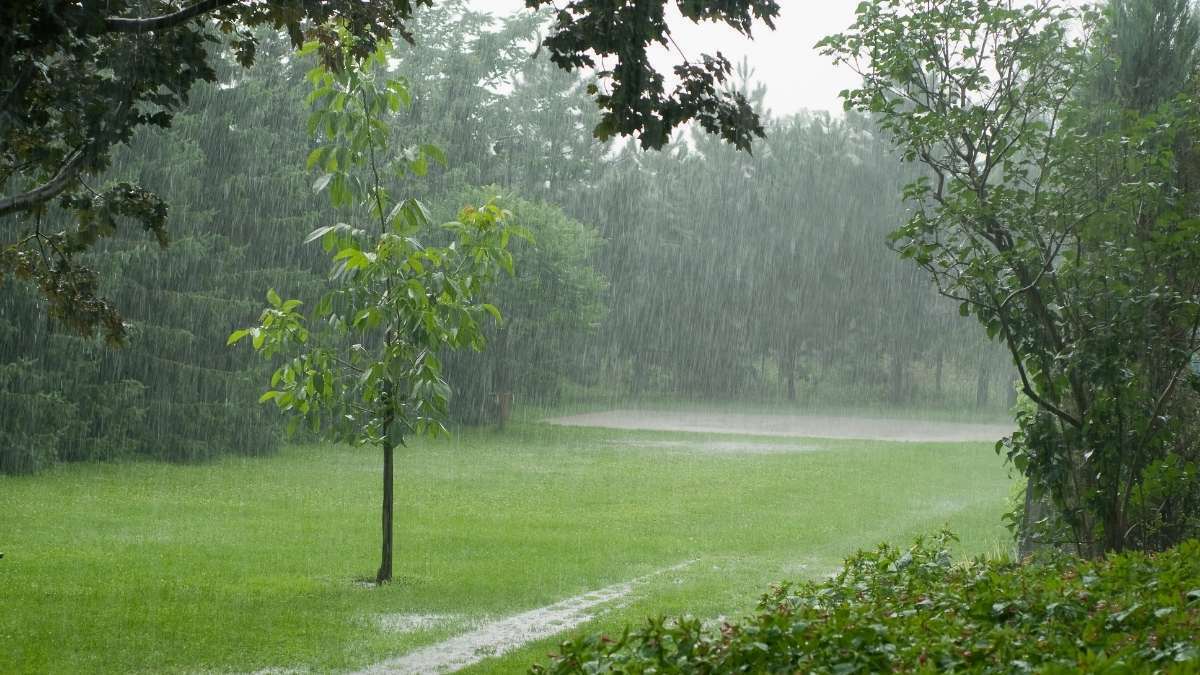
Localized rain is ideally the best method available. It’s no cost to the homeowner and requires no effort on your part. You do need to check to ensure that you have received sufficient rain, though. The screwdriver test is an accessible method to determine if your grass has received enough rain. Make a hole in the dirt with a screwdriver. With moderate pressure, you should be able to push a screwdriver 4-5 inches into the soil. If you cannot, then it is a probability that your lawn needs to be watered. On average, your lawn will require upwards of ½” to 1 inch of rainfall every week in order to remain healthy and vibrant.
Supplemental Watering:
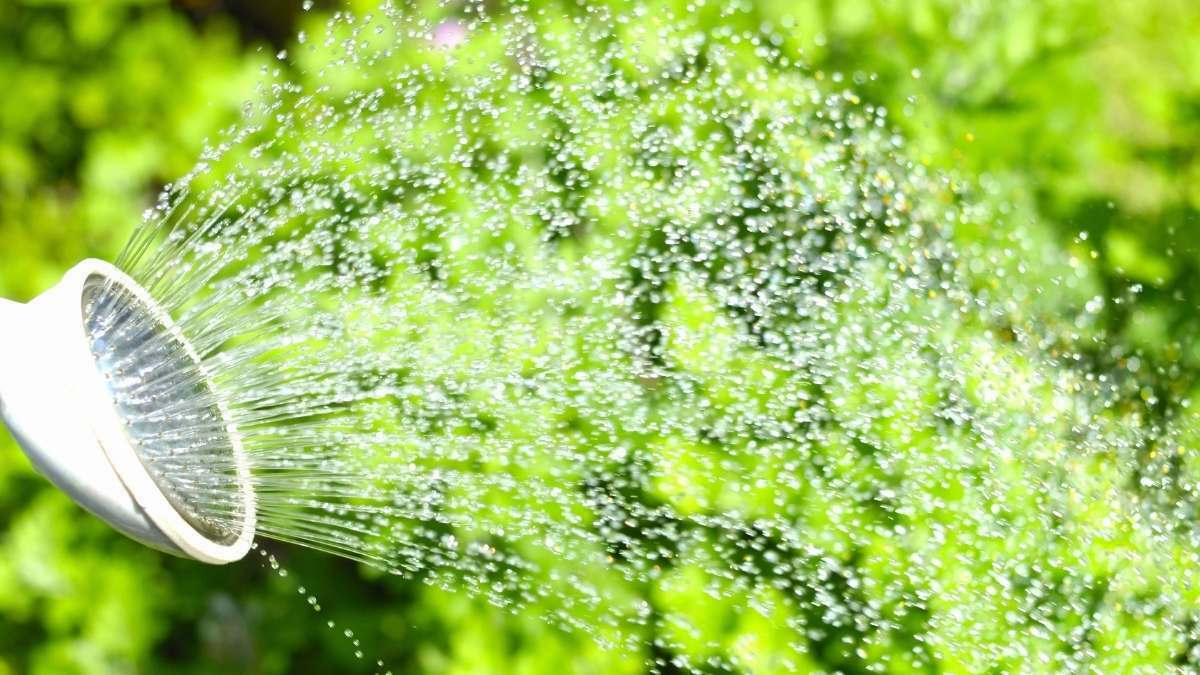
Frequency and saturation is an essential key in your lawns’ root development. Infrequent or insufficient watering can cause the grasses roots to develop close to the top of the soil and make your lawn more susceptible to weeds. Think about it this way; if water is being applied to the top one or two inches only, then your lawn will be more apt to grow roots in these areas.
Infrequent and penetrating water is recommended when your lawn needs supplemental watering. By ensuring that the water is penetrating to a depth of 4-5 inches, your grasses root system should develop deeper roots and become overall healthier.
You might want to read this: The Top 7 Lawn Pests and Insects
Watering should be uniformly spread across the lawn to ensure even saturation. Lawn sprinklers differ significantly between models, although they each do basically the same function. It may be essential to try out a few various sprinkler kinds before you discover one that meets your specific needs.
An easy trick to determine your sprinklers’ output and distribution pattern is to place old coffee cans in different locations throughout your lawn. Water until you reach a 1″ depth in the coffee can, and then relocate the sprinklers to a different yard area.
You might also like this: How to Control Crabgrass Organically
Check each can you have put out to make sure you are reaching all areas of your yard. It’s ideal for watering your lawn first thing in the morning while the dew is still on the grass. This will help to slow the water loss due to evaporation and ensure better water saturation. It also prevents the possibility of scorching the grass during the midday heat.
What is the best time for watering the lawns?
Watering during mid-day reduces the useable amount of water that can reach the grassroots. And watering your late lawn evening can cause excess moisture retention and lead to fungus buildup in the turf. It’s also best to keep your watering to those times of the year when temperatures are above 60º at night and above 80º during the daytime hours.
You can help to conserve the amount of watering by mowing your grass at higher than average heights during periods of dry weather. This cuts down on the plant’s useable water storage in the grass blades as well as keeps the grass from demanding additional water to re-grow the grasses’ nutrient-gathering portion of the grass blade. If due to watering restrictions during droughts, your lawn goes dormant, allow it to stay dormant. Fluctuations between dormancy and active growth might be much more damaging to your grass than true hibernation.
